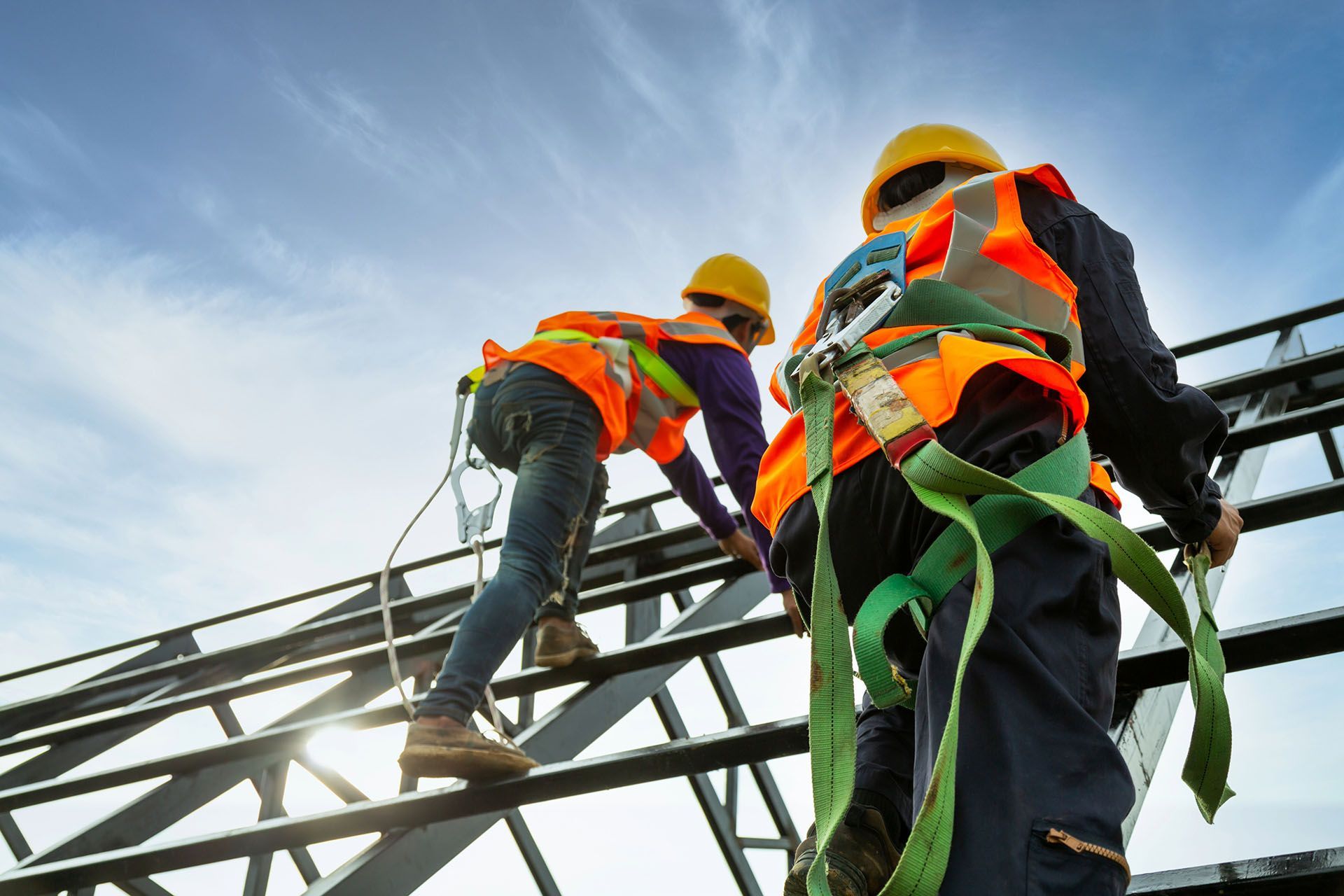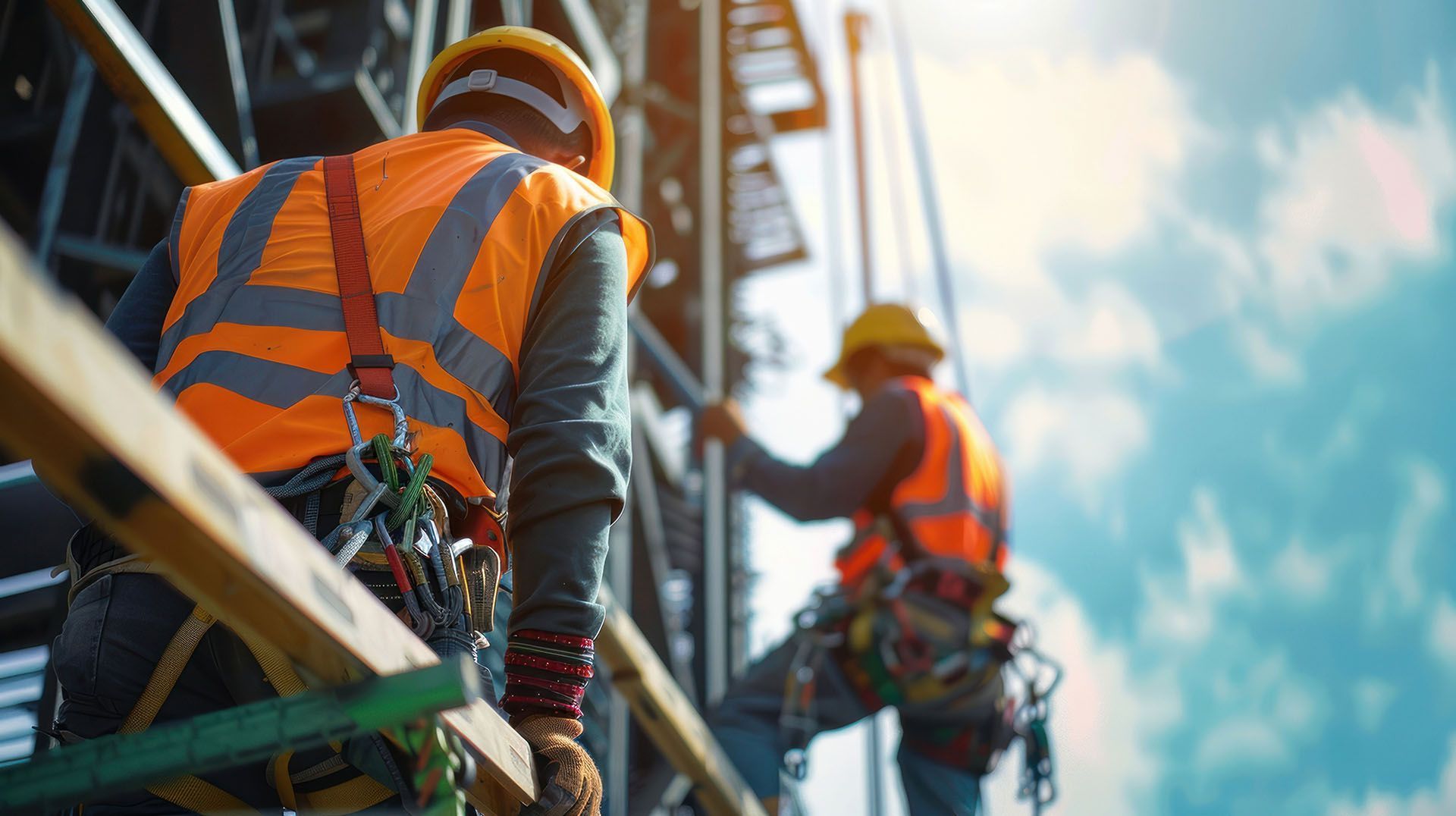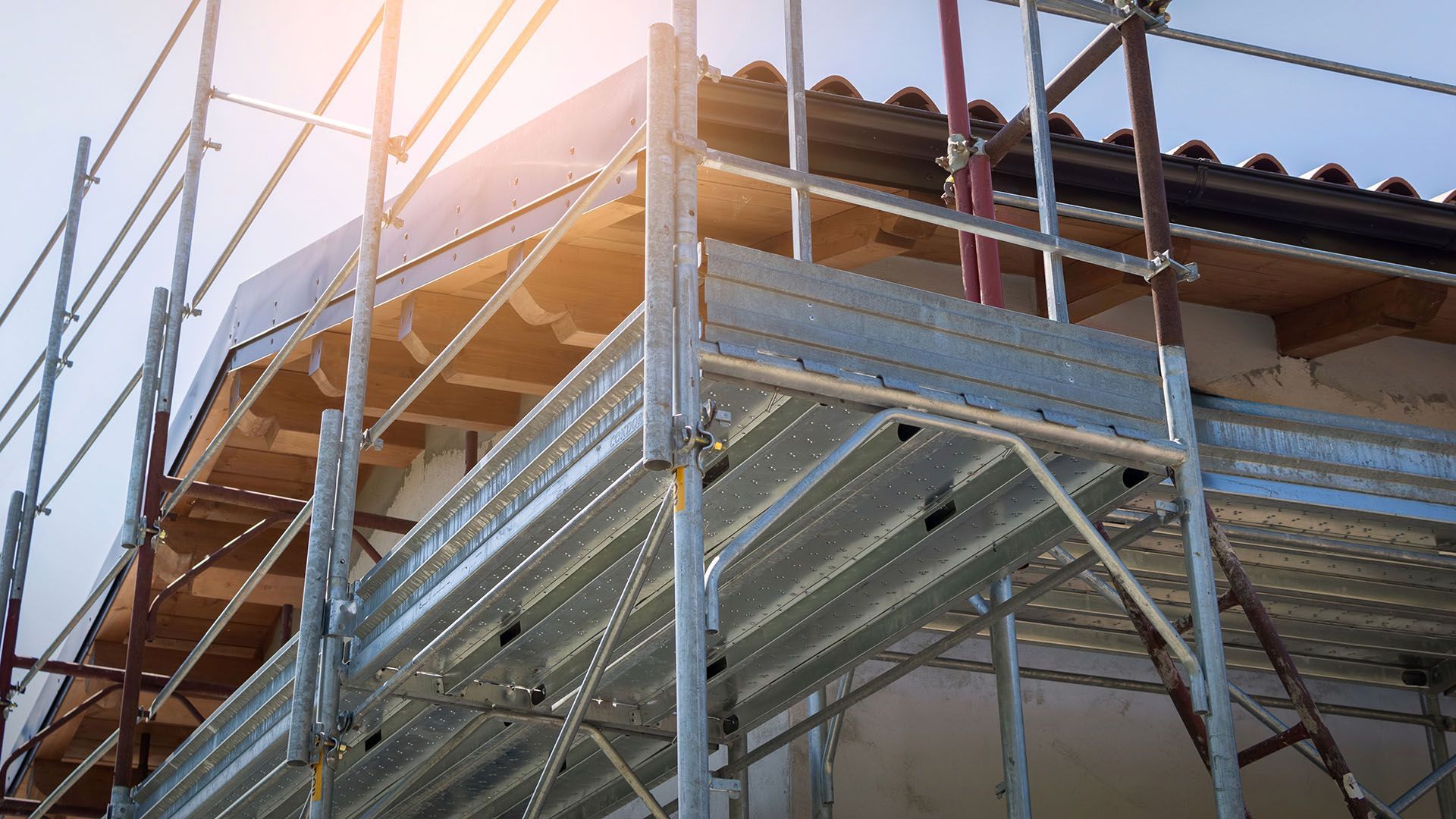Emergency Procedures for Scaffolding Incidents
Scaffolding is an essential tool in construction and maintenance work that provides workers with safe and stable platforms. Yet, despite its importance, there are risks present in scaffolding. A moment's lapse in safety can potentially lead to serious incidents.
For those hiring scaffolding, having a fair understanding of emergency procedures is essential, as it prepares you to act swiftly and effectively in the event of an emergency. This helps you safeguard the safety of everyone on-site and prevent minor issues from escalating into major incidents.
This guide will discuss how to prepare for potential emergencies, steps to take during a scaffolding incident, and the importance of having an emergency response plan.
How to Prepare for Potential Emergencies
Preparation is the first line of defence against scaffolding incidents. Before any scaffolding is erected, double check and make sure that all safety measures are in place. Start with a comprehensive risk assessment to identify hazards, assess potential risks, and determine the necessary precautions. It should cover everything from weather conditions to the competence of the workers.
Training and Awareness
One of the most important steps in preparation is ensuring that all personnel are adequately trained to use scaffolding. Workers should understand the safe use of scaffolding, recognising hazards, and knowing the steps to take if something goes wrong. Regular training sessions and
safety drills reinforce this knowledge. Additionally, everyone on-site should be aware of the emergency procedures and know their specific roles in the event of an incident.
Regular Inspections and Maintenance
Scaffolding should be inspected on a regular basis. This includes both pre-erection inspections and ongoing checks throughout the project's duration. Look for signs of wear and tear, structural weaknesses, and any potential hazards. Regular maintenance should be carried out to address these issues promptly. By keeping the scaffolding in top condition, you minimise the risk of incidents.
Moreover, when you hire scaffolding from a reputable company like Crewscaff, you're assured of well-maintained equipment that has undergone thorough inspections. Professional scaffold hire companies take the guesswork out of safety. This allows you to focus on the task at hand without worrying about the integrity of the scaffolding.
Emergency Equipment
Every site should be equipped with the necessary emergency equipment. This includes first aid kits, fire extinguishers, and communication devices. To ensure swift and proper response during an emergency, workers should know where this equipment is located and how to use it effectively.
Additionally, having a rescue plan in place is also a great idea to further improve site safety and minimise risks. This should include rescue equipment, such as harnesses and ropes, and trained personnel ready to execute the rescue if needed.
Steps to Take During a Scaffolding Incident
Even with the best preparations, incidents can still occur. That’s a given. When they do, a prompt and effective response can make all the difference between a controlled situation and chaos. The following steps outline what to do during a scaffolding incident.
1. Assess the Situation
The first step is to assess the situation quickly. Determine the severity of the incident and identify any immediate dangers. If the scaffolding is compromised, ensure that no one else attempts to use it. Alert everyone on-site to stop work immediately.
2. Evacuate the Area
If the incident is severe, evacuate the area around the scaffolding. Ensure that all workers are accounted for and safely away from potential danger zones. If the scaffolding is unstable, it’s critical to keep everyone at a safe distance until professionals can assess and manage the situation.

3. Administer First Aid
If there are injuries, administer
first aid immediately. Ensure that trained personnel handle the situation until medical professionals arrive. Do not move injured workers unless they are in immediate danger. Keep them calm and provide reassurance until help arrives.
4. Contact Emergency Services
In the event of a serious incident, contact emergency services without delay. Provide them with accurate details of the situation, including the location, the number of people involved, and the nature of the injuries. This ensures they are prepared to respond effectively.
5. Secure the Site
Once the immediate danger has passed, secure the site to prevent further incidents. This may involve cordoning off the area, stabilising the scaffolding, or shutting down operations until it is safe to resume work. It’s important to document the incident for future reference and to assist with any investigations.
Importance of Having an Emergency Response Plan
Having a well-structured emergency response plan is a fundamental responsibility of any construction or scaffolding project. It ensures that everyone knows what to do in the event of an incident, reducing panic and confusion. A good plan outlines clear procedures, assigns specific roles, and provides guidelines for communication. It's about being proactive and prepared for any situation,regardless of the size or seriousness of the incident.
Minimising Risks
An emergency response plan minimises risks by ensuring that everyone is aware of the potential dangers and knows how to avoid them. Regular drills and training reinforce these procedures, making them second nature to workers.
Improving Response Time
When everyone knows their role, response times improve dramatically. Quick and efficient action can prevent minor incidents from becoming major accidents. It can also mean the
difference between life and death in more severe situations.
Legal and Ethical Responsibility
Employers have a legal and ethical responsibility to protect their workers. An emergency response plan is a key part of this duty of care. It demonstrates a commitment to safety and can protect the business from legal consequences in the event of an incident.
Conclusion
Scaffolding incidents can have serious consequences, but with the right preparation, the risks can be significantly reduced. Regular training, inspections, and a clear emergency response plan are essential. By following these guidelines, businesses can ensure a safer working environment for everyone involved.
For those needing reliable solutions, Crewscaff offers
scaffold hire services in Wollongong and surrounding areas. Our equipment is maintained to the highest standards, giving you peace of mind that your project will proceed without incident.










